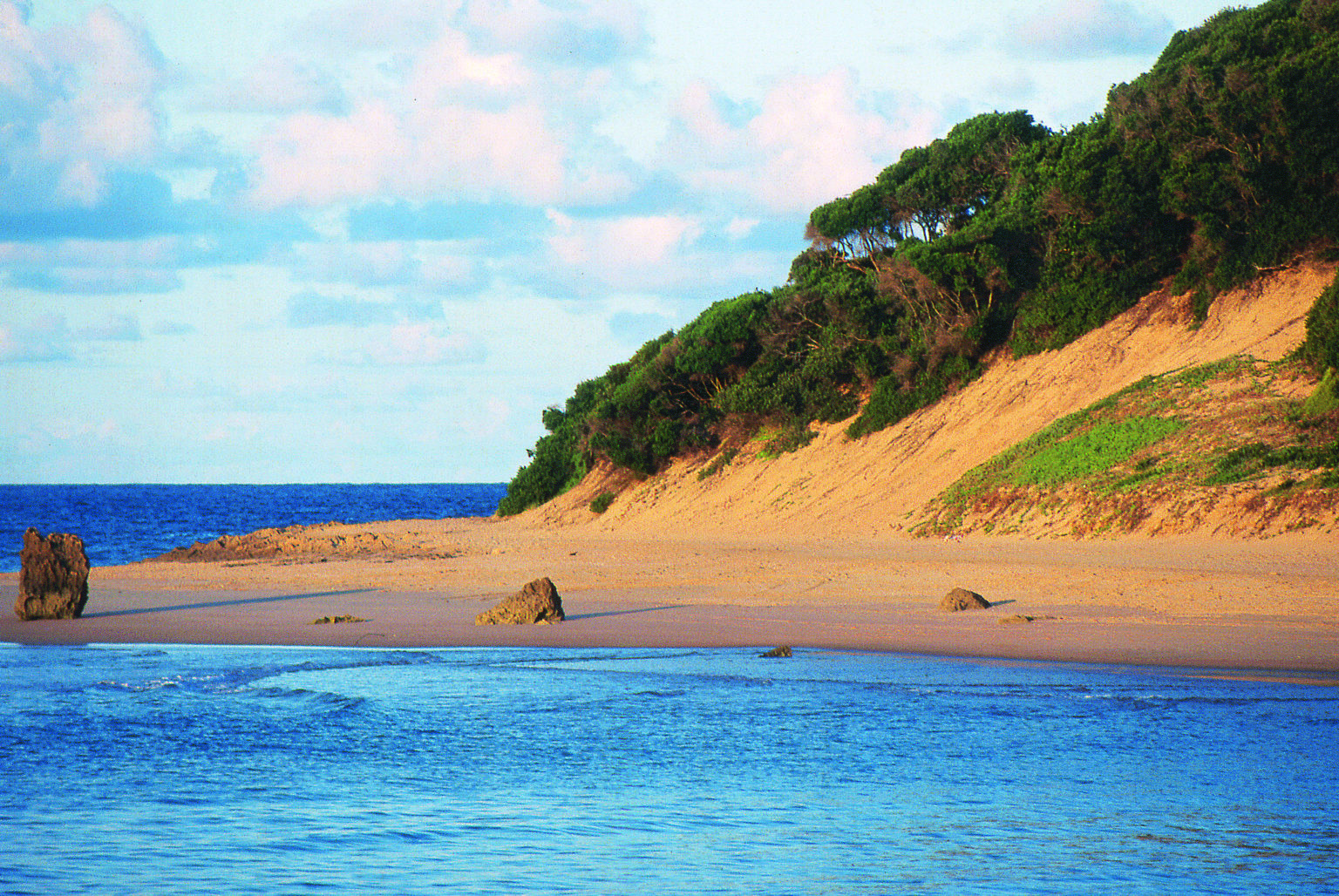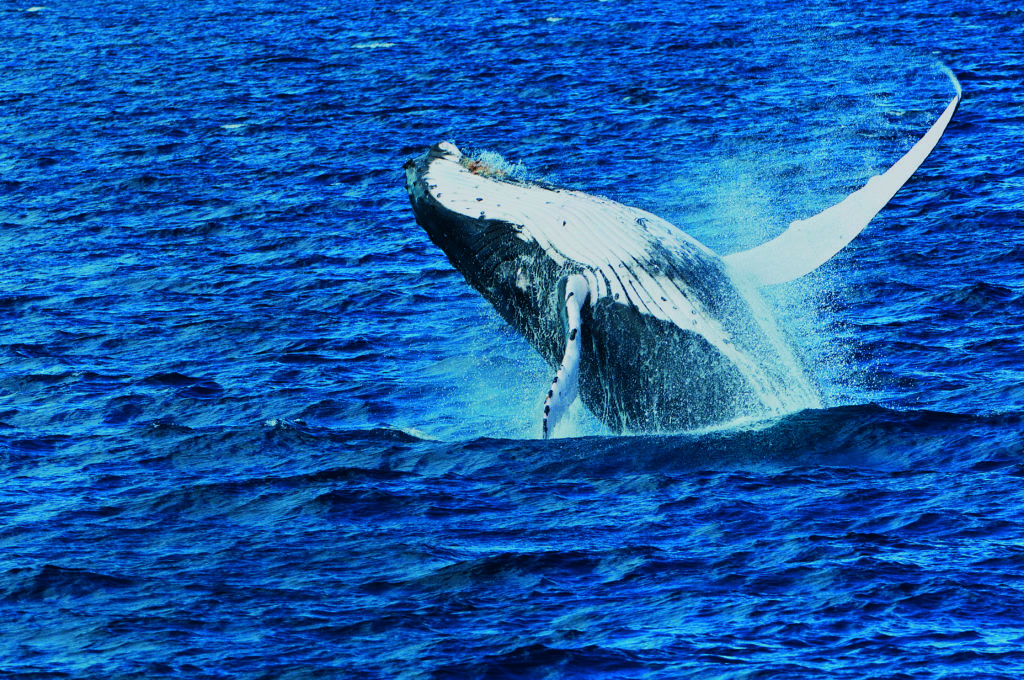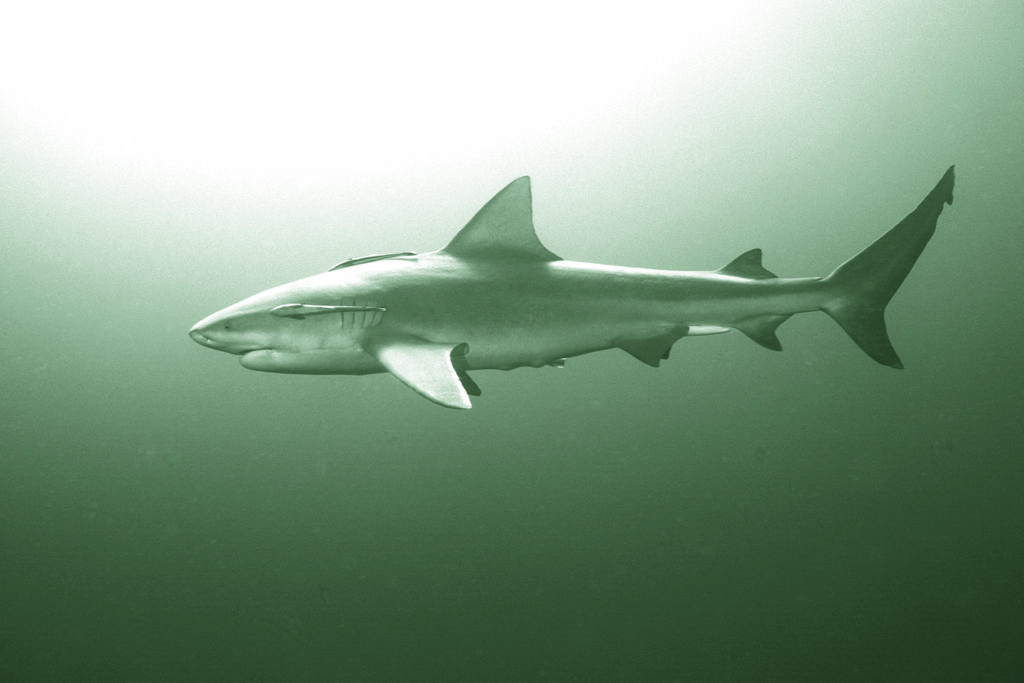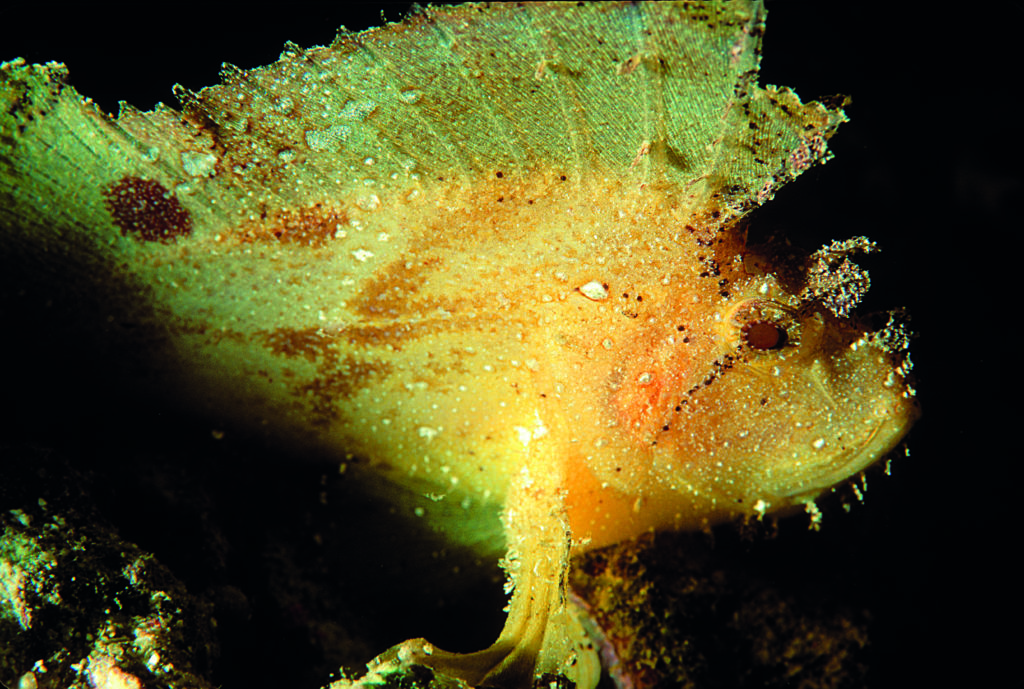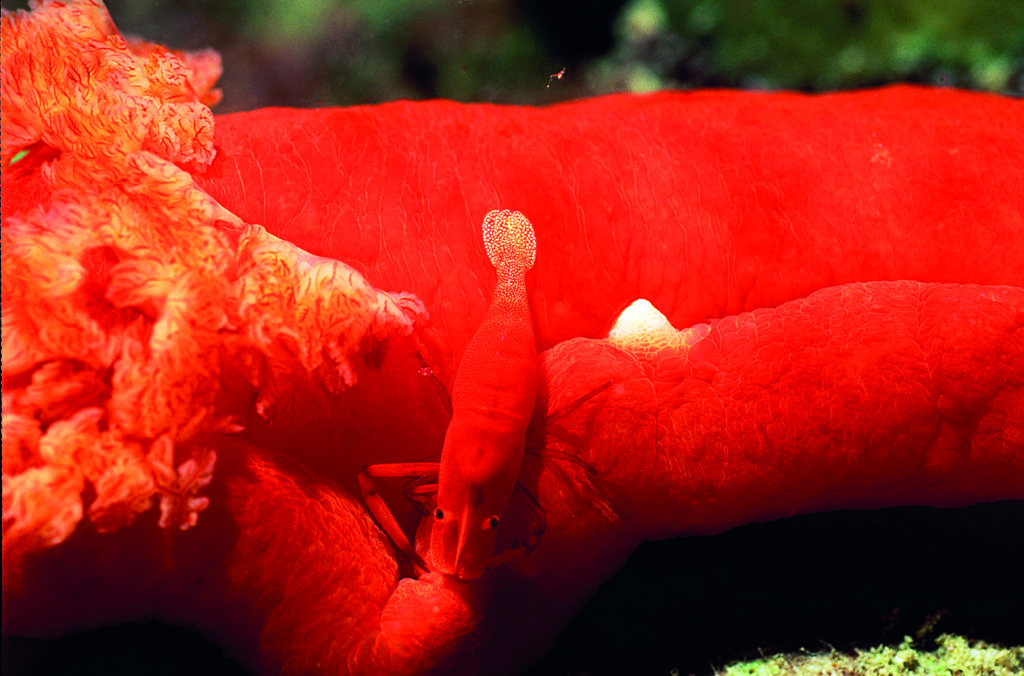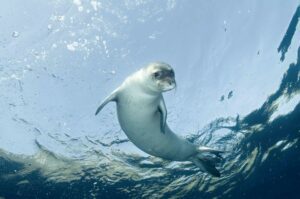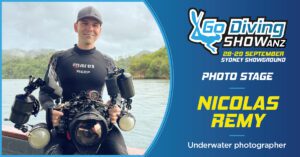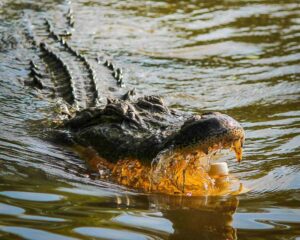Mozambique’s picturesque coastal village of Ponta do Ouro promises lifetime memories both on the surface and underwater, as Al Hornsby reports.
Being rather a fanatic about both underwater and topside wildlife photography, I’ve managed to do a bit of wandering around southern Africa over the years, where both pursuits are world-class. And, when you get the chance to combine the two pleasures into one, easily organised trip, it’s something special, indeed.
With a favourite African ocean-diving destination being Ponta do Ouro, Mozambique, an incredible dive/game park travel experience is simple to arrange: fly into Johannesburg, South Africa, rent a four-wheel-drive vehicle (a must for reaching Ponta do Ouro, as there are no paved roads reaching it), grab a map and head east.
Over the 700km journey, you can spend a couple of side-trip days in South Africa’s Kruger Park, with its incredible host of lions, leopards, Cape buffalo, rhinos, elephants and all the rest.
Travelling on, after passing through beautiful scenery and remote villages, you can spend another couple of days at coast-side iSimangalso Wetlands Park, with its lakes, bayous and rivers entering the sea, where hippos, elephants and other marshland creatures abound.
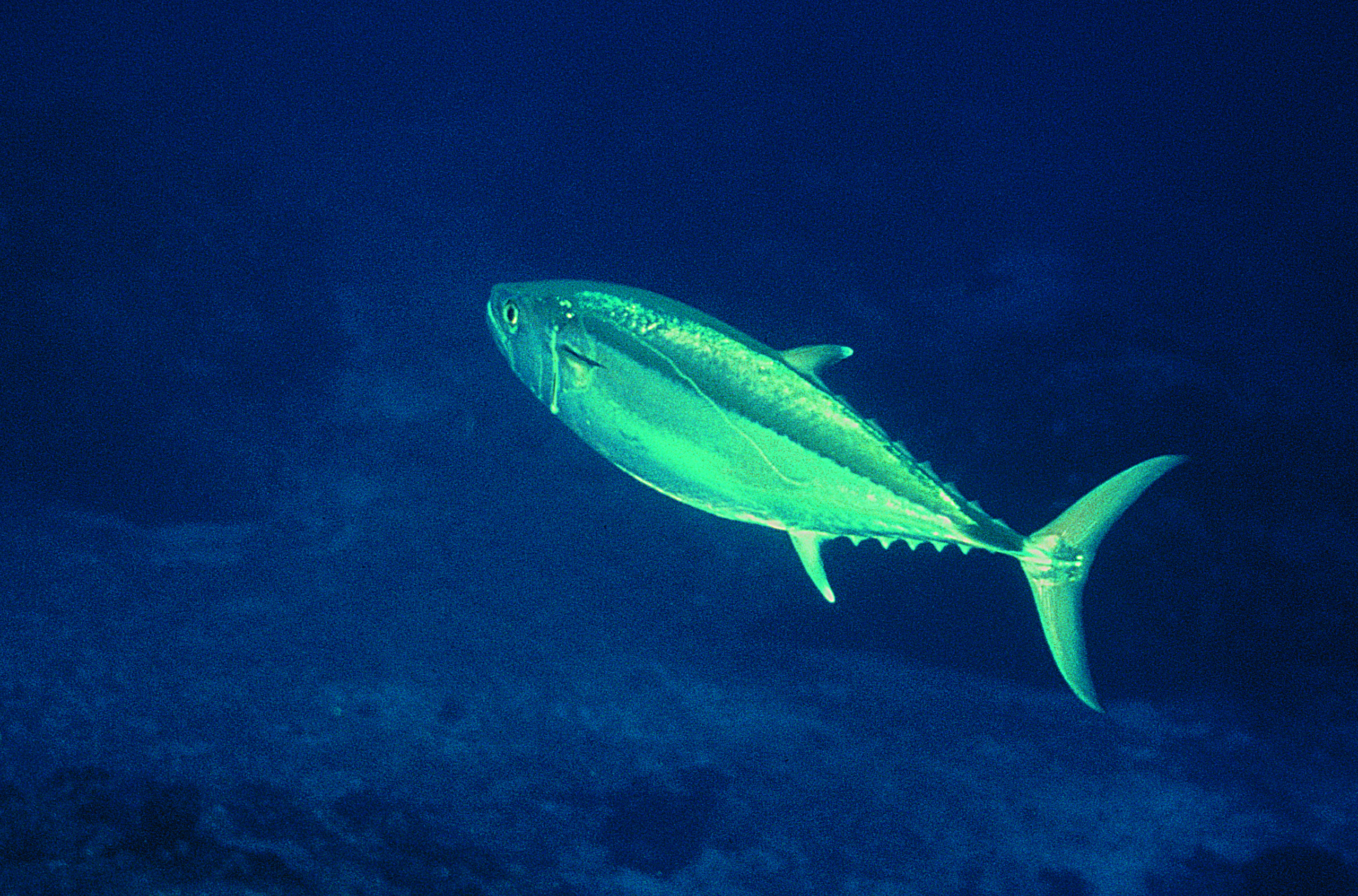
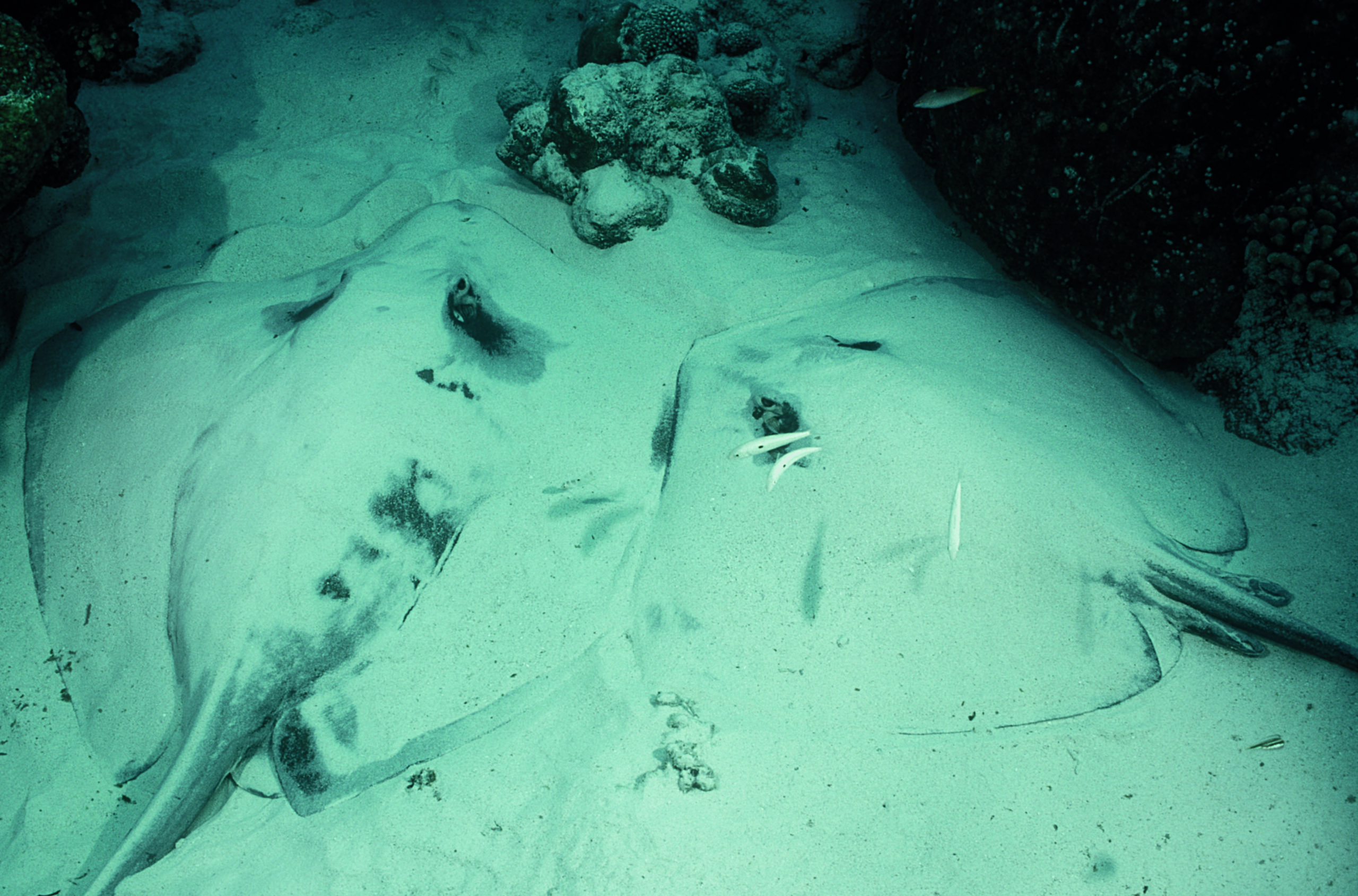
The last leg takes you into Mozambique, with its rolling, sandy grasslands and its own incredible game parks, such as Gorongosa and Limpopo. The Gorongosa, especially, is known for ‘the big five’, although you’ll see many more species as well. You will once again meet the sea at your final destination, the village of Ponta do Ouro – Ponta, as it is familiarly called by South Africans – along the curving, sandy beaches of the Mozambique Channel, just north of the South Africa border.
Once a thriving, upscale Portuguese vacation town (during colonial days) with sumptuous villas, Ponta was heavily damaged during Mozambique’s long-running civil war, which began in 1975 and came to an end only in 1994. Until not long ago, the ruins of bullet-pocked homes and the still-present landmine warning signs gave constant reminders of the human difficulties that occurred in this remote, wild place.
When considering the contrast with its beautiful, natural environment, that old ‘follies of man’ saying was never far from a visitor’s consciousness. Thus it sat for many years, but now having been discovered by modern travellers (especially divers), it has begun to rebuild, without losing its incredible charm. In fact, some of the old pre-war hotels still operate – though a number of new resorts, cottage rentals and camping facilities are also available.
While strolling along its golden, wave-swept beaches and wandering among its forested sand dunes and hillsides, or surfing or jet-skiing, could be all the amusement most people would ever need, for divers it’s what lays offshore that makes this secluded spot so amazing.
The sea here, after all, is the warm, Indian Ocean, with all the exotic life one would imagine, with macro-subjects abound, swarms of schooling fish and colourful reefs covered in hard and soft corals, sponges and gorgonians. And, out a few kilometres where much of the diving takes place, the water is also Indian Ocean-clear, with vis of 25 metres and more.
As enjoyable as all that is, it’s what’s on the big end of the life spectrum that makes this place so special… like sharks – Zambezi (bulls), silvertips, whalesharks, hammerheads and the occasional tiger; mantas, eagle rays, and, on the bottom, huge blotched rays; and big potato grouper and turtles.
If that isn’t enough, there is a resident pod of Indo-Pacific bottlenose dolphins commonly seen just off the beach (which aren’t shy of snorkellers) and, from May through November, migrating humpback and southern right whales can be watched offshore.
Throughout my dives around Ponta, a special place called Pinnacles remains my favourite. Just a quick – the rigid inflatables they use here are definitely quick! – 3.5km ride out from the beach, Pinnacles is a collection of mounds that rises up from a 50m sand bottom, the shallowest top at 30m.
It is action-central from the very beginning… huge schools of bluestripe snapper meander over the brightly-coloured coral slopes, large honeycomb morays extend from crevices and huge, resident potato grouper – seemingly curious of divers – appear on cue as you reach the bottom.
Most exciting, however, especially from September through May, are the many sharks that can be seen. Lovely silvertip sharks usually show up first, and when you are lucky (we always were), large Zambezi sharks soon follow. In our dives here, we always had two or three, big Zambies hanging around, three metres in length and nearly a metre across the snout. In the clear, blue water, they were awesome to see.
Not aggressive, but definitely not shy, they seemed interested in us, especially in photographers and (most especially) our buddy with his large beta-cam system, as if the electronics were noticeable to them. On one dark, sunset dive (the witching hour for most sharks), a particularly active Zambie bumped the cam’s dome port several times before opening wide and trying an exploratory bite.
The resulting footage was priceless – the shark’s open mouth and teeth over-filling the frame; with the accompanying soundtrack the shriek of those sharp teeth scoring the aluminum housing as it pulled away.
There are many shallower dive sites as well, most featuring huge shoals of fish, especially snapper and scad. But, looking more closely at the reef, Ponta’s collection of small and macro critters quickly becomes evident. A favourite among the shallow sites is Doodles, just ten minutes from the beach, which is found at 15-18m of depth.
Among the sponges and corals of the reef can be found robust pipefish, leaf scorpionfish, symbiotic imperial shrimp and many other macro subjects. When looking for critters here, though, do remember to look up occasionally – large potato grouper are likely to be following you, as if wondering just what you are so intently doing.
A visit to Mozambique’s Ponta do Ouro is worthy of any diver’s wish list, especially considering the easy access to some of Africa’s notable game parks while you are there. The diving is remarkable, and the place, in the wild heart of Africa, is lovely and captivating – all the stuff of which unforgettable memories are inevitably made.
Just a quick – the rigid inflatables they use here are definitely quick! – 3.5km ride out from the beach, Pinnacles is a collection of mounds that rises up from a 50m sand bottom, the shallowest top at 30m
Among the sponges and corals of the reef can be found robust pipefish, leaf scorpionfish, symbiotic imperial shrimp and many other macro subjects
Top tip: - CIf you don’t want to drive from South Africa, you can connect to the airport at Maputo, Mozambique, and use commercial transit (approximately four hours) to Ponta.
Photographs by Al Hornsby
